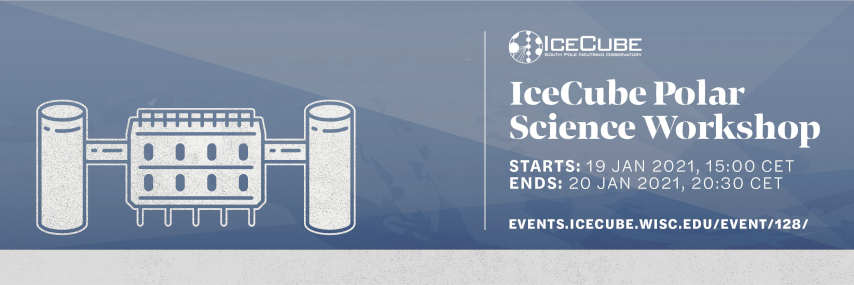Speaker
Description
The climatic conditions over ice sheets at the time of snow deposition imprint distinctive crystallographic properties to the resulting ice. As it gets buried, its macroscopic structure evolves due to vertical compression and horizontal extension but retains traces of the climatic imprint that generate distinctive mechanical, thermal and optical properties. Because climate alternates between glacial periods, that are colder and dustier, and interglacial periods, the ice sheets are composed from layers with alternating mechanical properties. Here we compare ice core dust content, crystal orientation fabrics, borehole temperature and englacial vertical velocity, measured with phase-sensitive radar (ApRES), at South Pole and EPICA Dome C ice cores. Similarly to previous observations, we show that ice deposited during glacial periods develops stronger crystal orientation fabrics. In addition, we show that ice deposited during glacial periods ice is harder to vertically compress and horizontally extend but softer to shear. These variations in mechanical properties are ignored in ice-flow modelling but they could be critical to interpret ice core records. Also, we show that the changes in crystal orientation fabrics due to transitions from interglacial to glacial conditions can be detected by radar. This information can be used to constrain age-depth in future ice-core locations. Finally, we give our perspective on how radar-detected crystal orientation fabric and englacial vertical velocity can be used to investigate the mechanical properties of ice, its rheology, that are the core of every ice flow model.

